As the global economy faces increasing challenges from geopolitical volatility to slowing growth, attracting investment in strategic sectors has become a top priority for many countries, including Vietnam.
With its geographical advantages, abundant labor force and strong commitment to improving the investment environment, Vietnam has been attracting great attention from international investors.
After more than 35 years of opening up the economy and attracting foreign investment, the Vietnamese Government has implemented many reforms in investment attraction policies, opening up the flow of international capital into Vietnam, helping the economy continuously change its appearance over the past decades. However, with fierce competition from neighboring countries such as Indonesia, Thailand, Malaysia, and India - places that have implemented outstanding investment incentive policies, Vietnam needs to take breakthrough steps to maintain its position in the eyes of investors.
According to Resolution No. 50-NQ/TW of the Politburo in 2019, Vietnam's target of attracting foreign investment capital in the 2026-2030 period is 30-40 billion USD/year.
After a long period of research and learning from experiences from advanced countries, on December 31, 2024, the Government issued Decree No. 182/2024/ND-CP (Decree 182) on the establishment, management and use of the Investment Support Fund.
Conditions for receiving support and forms of support
Decree 182 establishes two main types of support from the Investment Support Fund, including annual cost support and initial investment cost support. Each of these types has its own subjects and applicable conditions, suitable for the specific development goals of each industry and each type of enterprise.
The Annual Cost Support applies to four groups of subjects: high-tech enterprises, enterprises with high-tech product manufacturing projects, enterprises with high-tech application projects, and enterprises with research and development center investment projects.
For the first three groups, normal projects must meet the minimum investment capital requirement of VND12,000 billion and annual revenue of VND20,000 billion. However, special projects such as investment in the chip industry, semiconductor integrated circuits, and AI data centers only require a minimum investment capital of VND6,000 billion and annual revenue of VND10,000 billion. Some special cases do not require meeting the investment capital or revenue criteria, in order to encourage projects that are breakthrough or have a large impact on the economic ecosystem.

The Investment Support Fund brings a series of practical benefits to businesses, especially those operating or planning to invest in high-tech fields.
For the group of enterprises investing in research and development centers, the minimum investment capital requirement is VND3,000 billion, of which at least VND1,000 billion must be disbursed within three years. This is an important condition to ensure feasibility and speed in project implementation.
Support businesses receive
The Investment Support Fund brings a series of practical benefits to businesses, especially those operating or planning to invest in high-tech fields. Importantly, the support that businesses receive will not be subject to corporate income tax.
First , businesses can ease financial pressure through specific percentage support for annual costs or initial investments. Specifically, human resource training and development costs can be supported up to 50%, research and development costs up to 30%. Fixed asset investment costs and high-tech product manufacturing costs are also supported at maximum levels of 10% and 1% respectively, while specific projects such as semiconductors or AI can be supported up to 3%. Social infrastructure construction costs are supported up to 25%. For initial investment cost support, the support level can reach up to 50%. This helps businesses focus resources on expanding production scale, researching new technologies and enhancing competitiveness.
Second , this support policy creates conditions to promote business innovation, especially in high-tech fields such as semiconductors and AI. Support for research, development and human resource training costs will help businesses speed up project implementation and improve product quality.
Third , businesses investing in research and development centers are facilitated to build internal research capacity, thereby enhancing their position in the global value chain.
Fourth , support from the Fund not only improves business efficiency but also enhances the reputation of the enterprise in the eyes of partners and customers, creating a foundation to attract more investment capital from domestic and foreign organizations.
Finally , businesses participating in this policy also contribute to promoting the sustainable development of Vietnam's economy, thereby creating a stable and long-term investment and business environment.
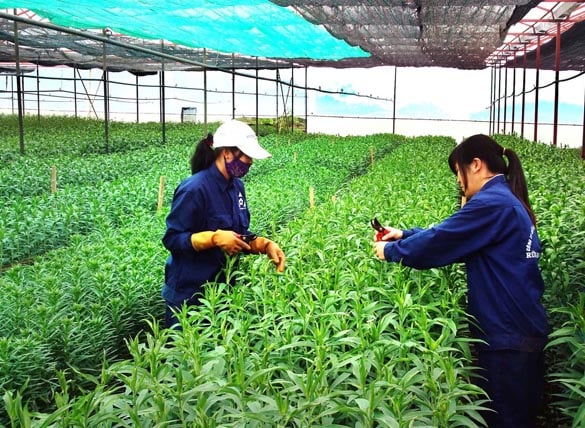
Businesses can make the most of support to expand their scale and improve their competitiveness.
What do businesses need to do to receive support funds?
Accessing support from the Fund is not simply a matter of submitting an application, but also requires careful preparation and a long-term strategy.
First, businesses need to carefully study the content of Decree 182 to understand the regulations, conditions and categories of supported costs. This helps businesses determine the level of suitability of the project with the issued criteria, avoid errors and optimize the ability to access support.
Next, businesses need to review their investment plans, from capital scale, expected revenue to related expenses. For ongoing projects, it is necessary to compare them with the criteria in the Decree to assess their ability to meet the requirements. For new projects, businesses should make investment plans from the beginning to meet support requirements, especially important criteria such as minimum investment capital and disbursement time.
The application for support must be carefully prepared and ensure transparency and accuracy. Enterprises in the high-tech sector must apply for a certificate of high-tech enterprise or a certificate of high-tech operation. In addition, financial reports, cost evidence and other legal documents must also be fully prepared according to regulations.
Finally, businesses should consider consulting with investment and tax policy advisors to ensure that their documentation and plans meet the requirements. This is especially important for large or complex projects.
Decree No. 182/2024/ND-CP and the Investment Support Fund are not only a policy tool to attract investment but also a foundation to promote the development of strategic sectors, contributing to enhancing Vietnam's position on the global economic map. With careful preparation, reasonable strategies and professional support, businesses can make the most of the opportunities from this policy to expand their scale, improve their competitiveness and make positive contributions to the country's socio-economic development.
The Investment Support Fund, if effectively implemented, will not only be a strong boost for Vietnam to attract high-tech projects but also contribute to building a sustainable, innovative and internationally integrated economy. This policy affirms the Government’s commitment to creating the most favorable conditions for investors, both domestic and international, to join hands in developing key industries and making Vietnam a regional innovation hub.
Source: https://pnvnweb.dev.cnnd.vn/quy-ho-tro-dau-tu-cua-chinh-phu-buoc-dot-pha-chien-luoc-va-huong-di-cua-doanh-nghiep-20250113180330761.htm


![[Photo] Close-up of Vietnam's sniffer dog team searching for earthquake victims in Myanmar](https://vstatic.vietnam.vn/vietnam/resource/IMAGE/2025/4/1/d4949a0510ba40af93a15359b5450df2)
![[Photo] Prime Minister Pham Minh Chinh meets with King Philippe of Belgium](https://vstatic.vietnam.vn/vietnam/resource/IMAGE/2025/4/1/be2f9ad3b17843b9b8f8dee6f2d227e7)

![[Photo] General Secretary To Lam receives King Philippe of Belgium](https://vstatic.vietnam.vn/vietnam/resource/IMAGE/2025/4/1/e5963137a0c9428dabb93bdb34b86d7c)

![[Photo] President Luong Cuong and King Philippe of Belgium visit Thang Long Imperial Citadel](https://vstatic.vietnam.vn/vietnam/resource/IMAGE/2025/4/1/cb080a6652f84a1291edc3d2ee50f631)
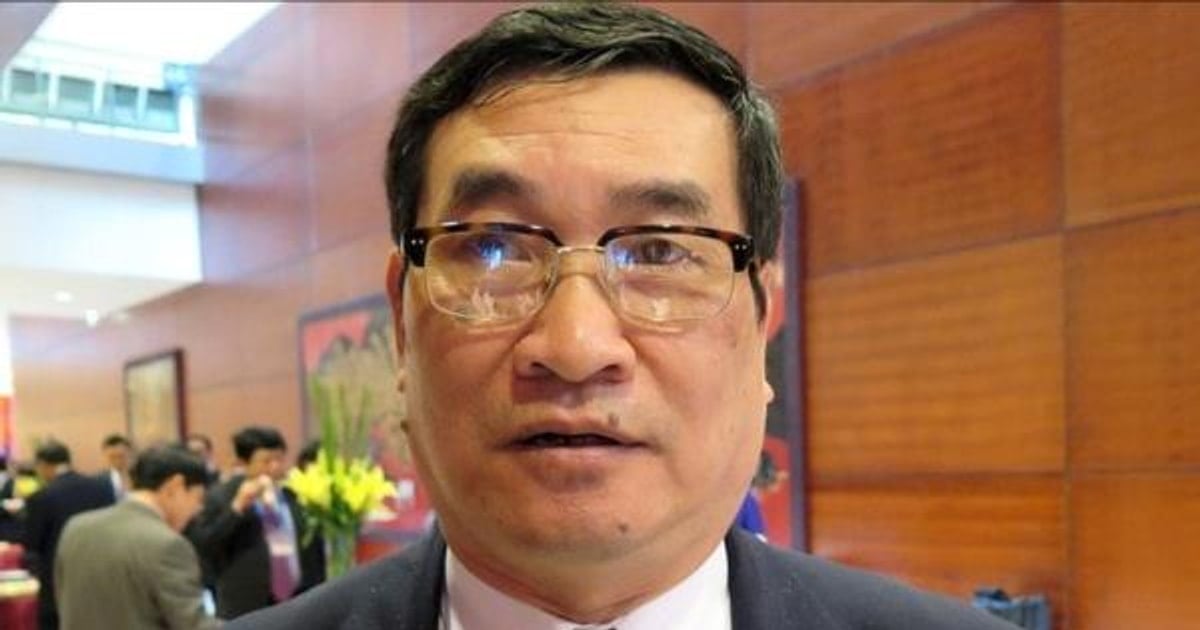

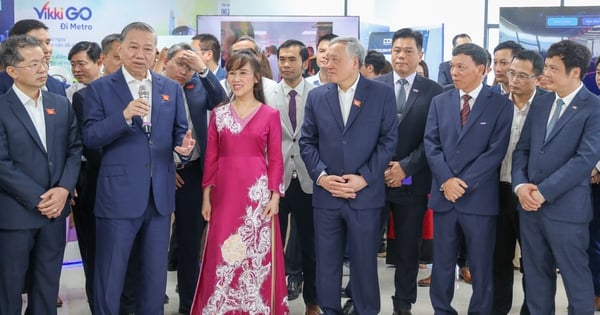

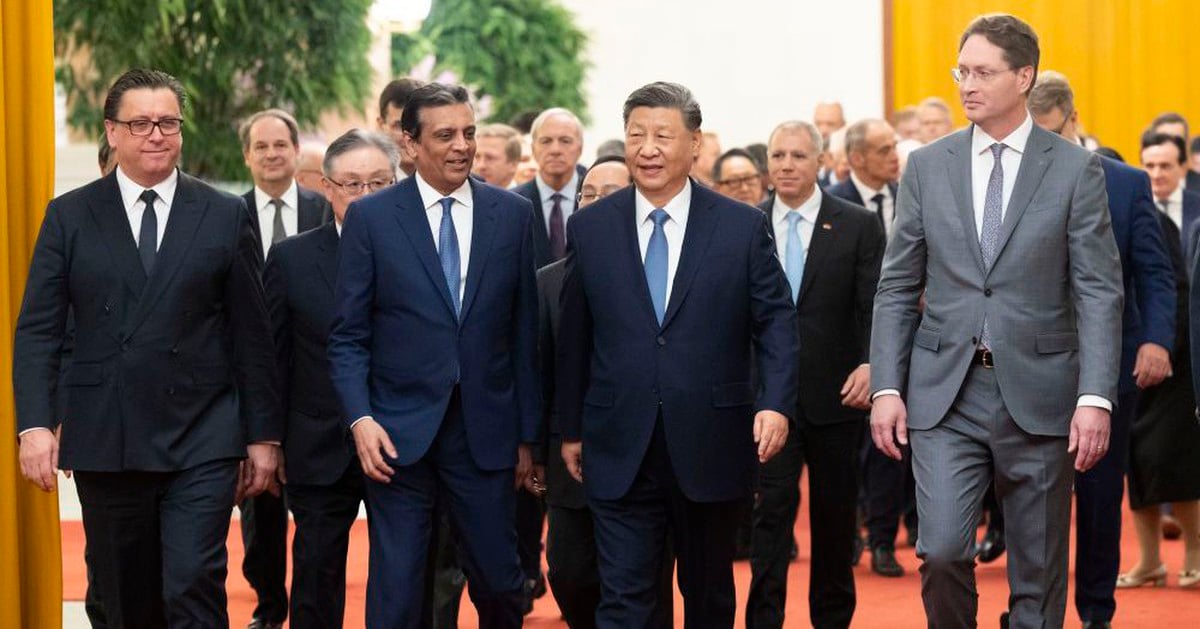

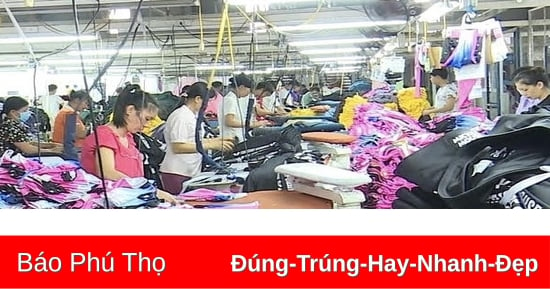

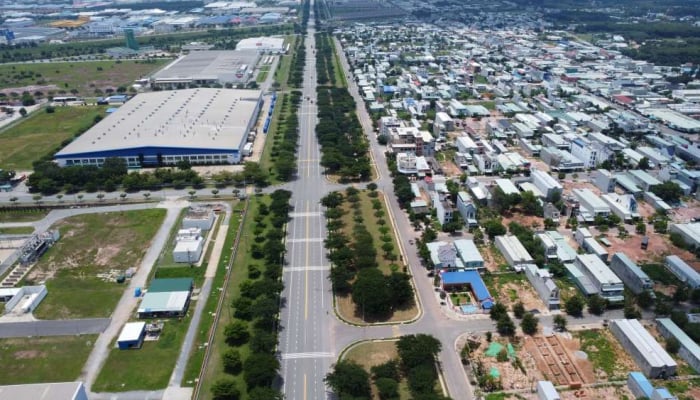



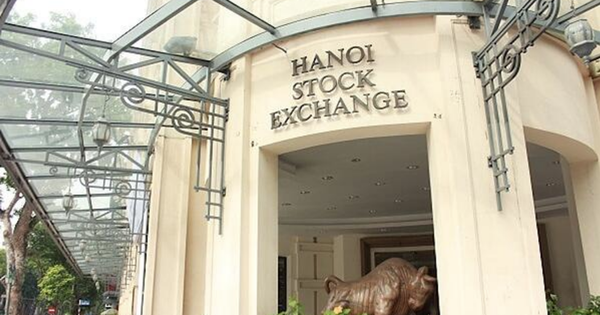
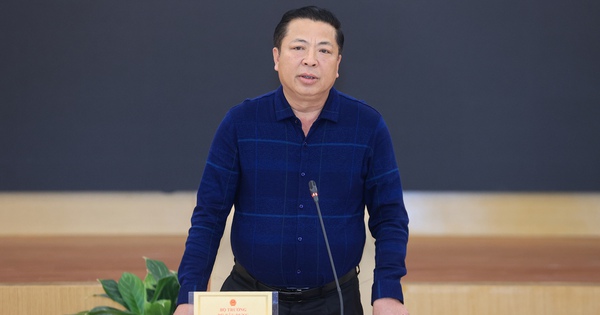
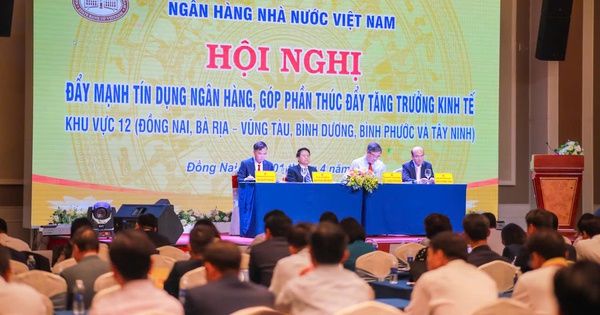
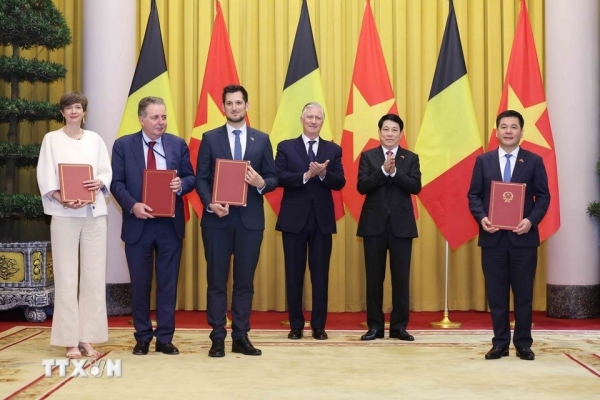









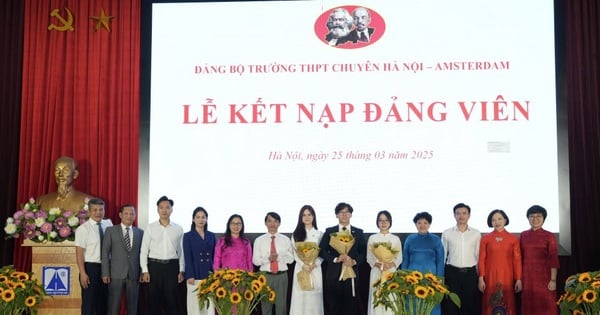


![[Photo] Myanmar's capital in disarray after the great earthquake](https://vstatic.vietnam.vn/vietnam/resource/IMAGE/2025/4/1/7719e43b61ba40f3ac17f5c3c1f03720)





























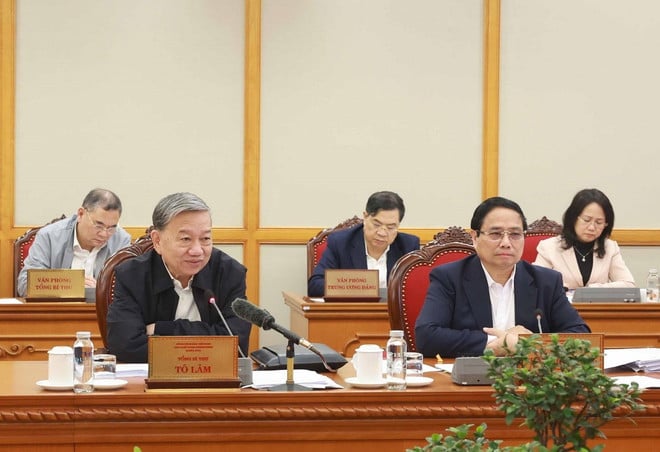

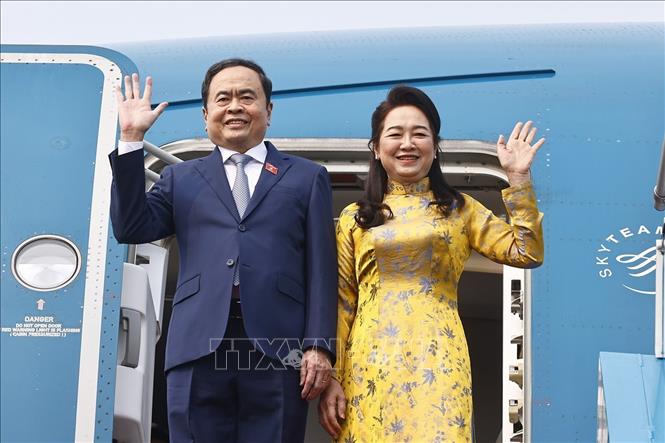





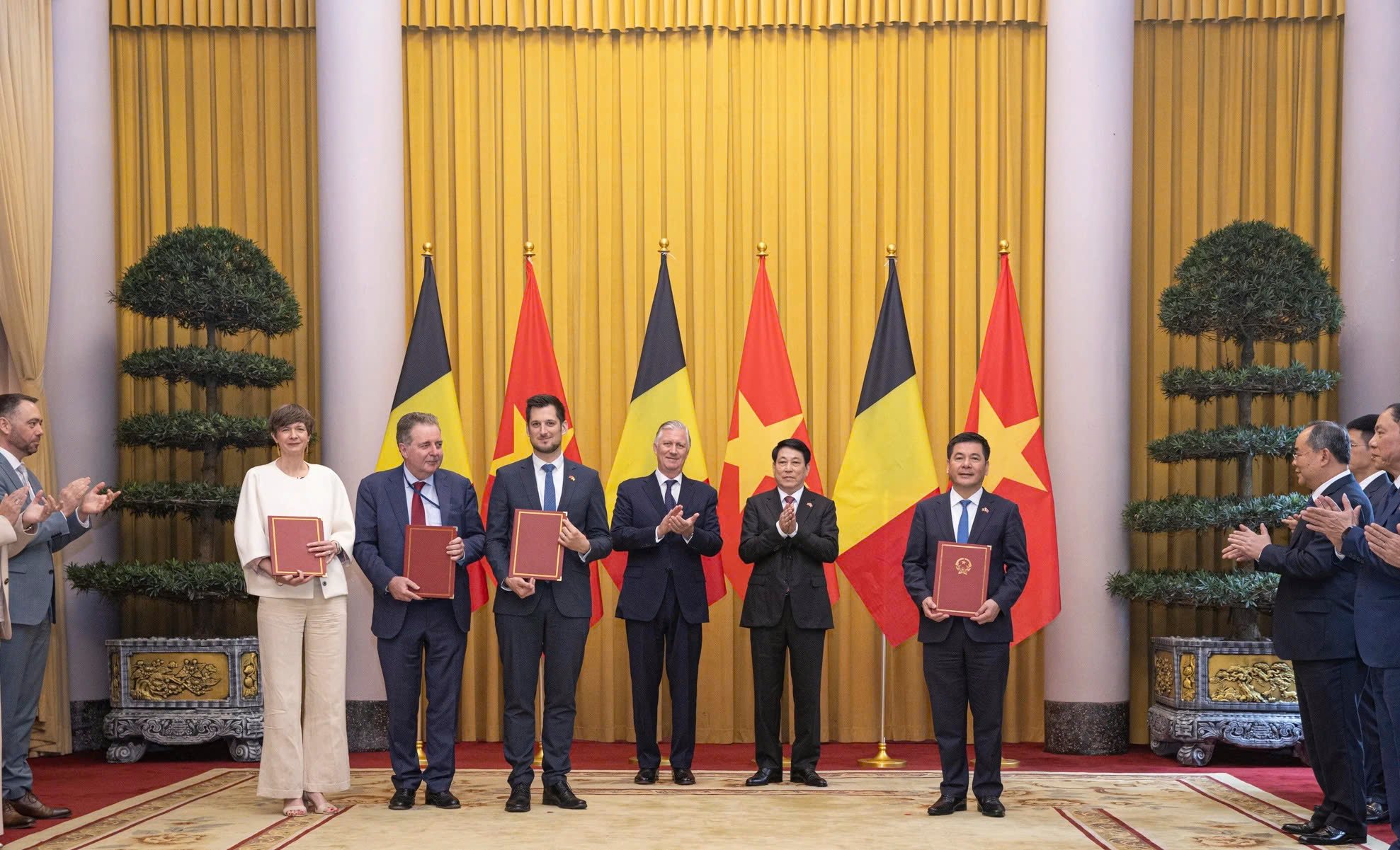

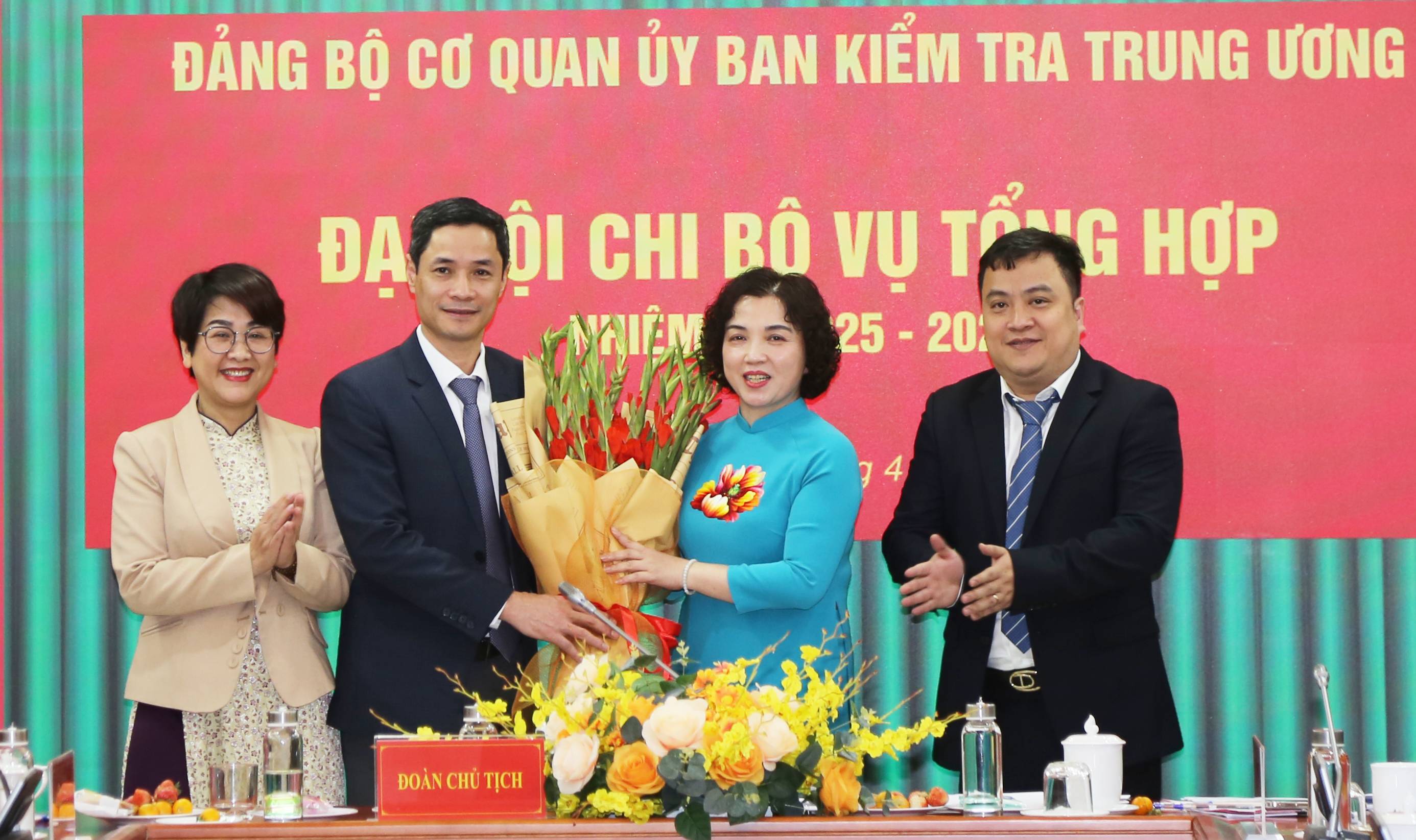


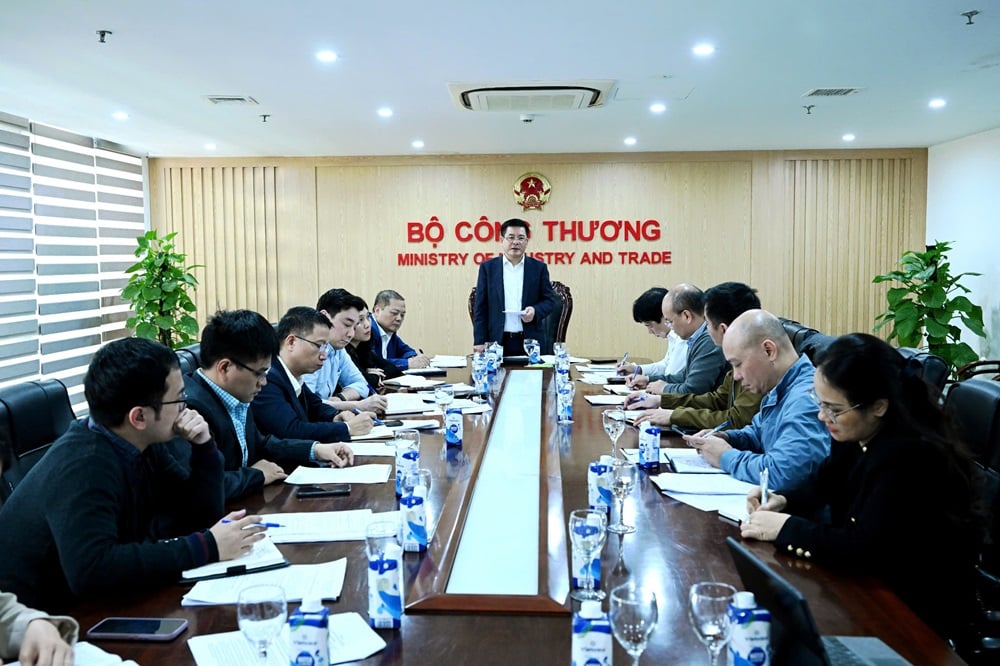














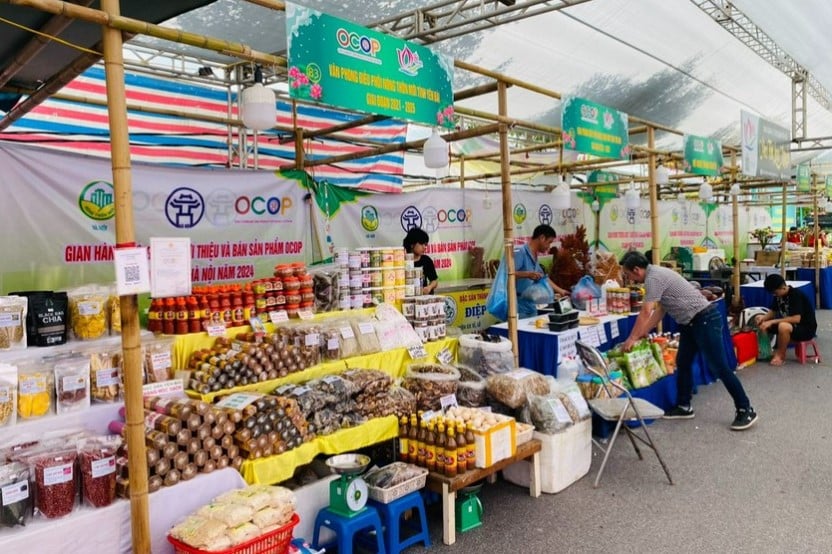
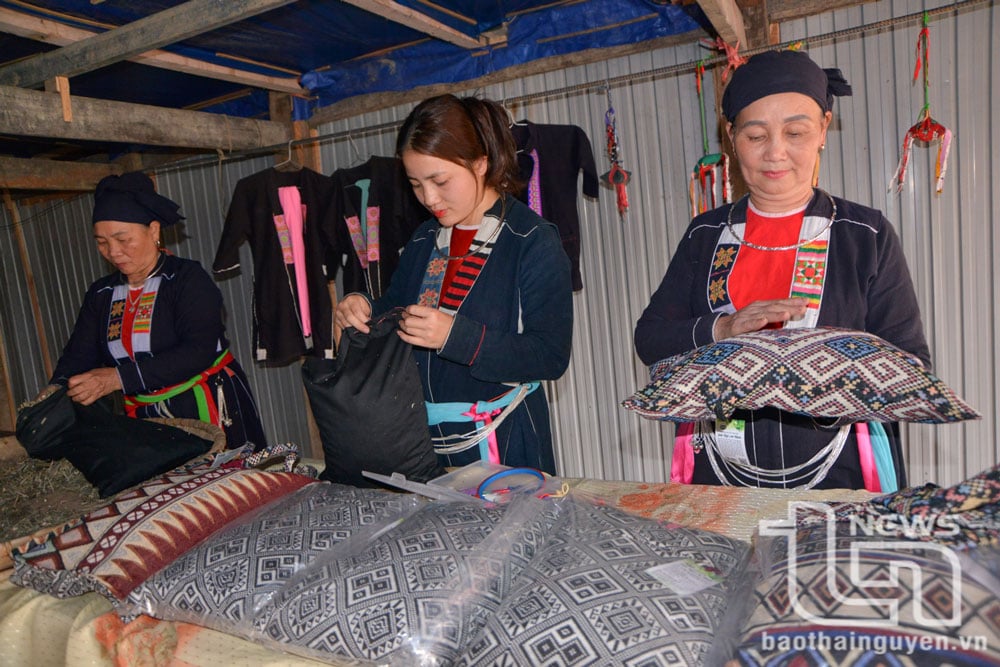



Comment (0)